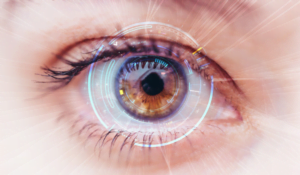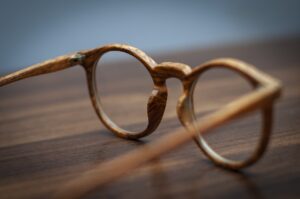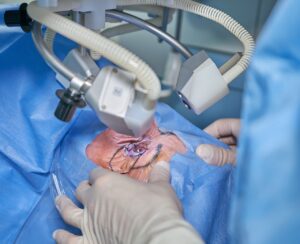
Myopia, also referred to as nearsightedness, is a common vision disorder in which light concentrates behind the retina rather than directly on it. Due to this phenomena, items in the distance appear hazy but those in close proximity are still visible.
An illness with childhood roots
Myopia typically begins to appear in childhood and worsens until the early stages of adulthood. In some instances, the issue can potentially get worse with time, necessitating notice and action.
Breaking Down the Risk Factors
Myopia is caused by a number of risk factors, with prolonged close work standing out as one of the most important. Reading or using a computer for extended periods of time might strain the eye muscles and perhaps cause myopia.
Genetic Connection
In addition to environmental factors, heredity is a significant component in myopia. People who have nearsighted parents or grandparents are more likely to become nearsighted themselves.
The Dangers of Leftover Myopia
Myopia, though frequently thought of as a straightforward eyesight problem, can actually cause serious visual impairment if left untreated. Particularly high myopia carries higher risks, such as cataracts, glaucoma, and retinal detachments.
A Glimmer of Hope: Reducing Myopia
Fortunately, there is good news for the millions of people who are susceptible to myopia. Recent studies have shown that early detection can result in prevention. Myopia progression in kids can be effectively stopped by combining lifestyle modifications and optical treatment.
Conclusion
In order to ensure early detection and intervention, it is essential to comprehend myopia. We can protect children’s eyesight and possibly stop the progression of myopia by being aware of the risk factors and getting competent eye care.
Frequently asked questions
Myopia has no known permanent remedy as of yet. However, there are a number of therapies that can greatly enhance vision and properly manage the condition, including corrective eyewear, contact lenses, and refractive surgery.
The frequency of thorough eye exams for children should be decided by their optometrist. In order to combat myopia and implement effective interventions, early detection is essential.
Myopia development may be prevented by encouraging kids to play outside and preventing excessive screen usage. Maintaining a healthy diet full of nutrients that are good for the eyes may also be advantageous.
Yes, despite the fact that myopia normally appears during childhood, adults can develop myopia later in life. Aging, environmental changes, or health issues are just a few reasons why this could happen.
The 20-20-20 rule states that you should stare at anything 20 feet away for 20 seconds every 20 minutes while using a screen to protect your eyes. To lessen eye strain, make sure your computer screen is situated at a suitable distance and angle.





Recent Articles:

Alleviating Digital Eye Strain: Tips for Screen Users

The Truth About Seeing in the Dark

The Myth of Green Improving Eyesight

The Dangers of Looking Directly at the Sun

The Risks of Using Smartphones in the Dark on Eye Health

An Examination of Visual Phenomena for “Ghost Images”




